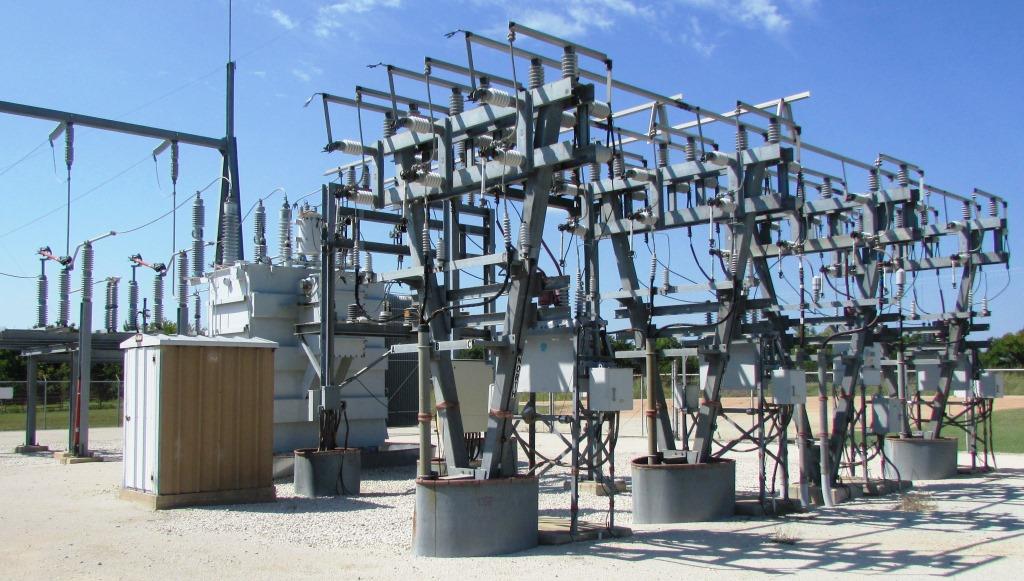Wind Turbines and Electrical Substations Require an SPCC Plan
Electrical power distribution equipment utilized by Substations and Wind Turbines frequently stores oil in large quantities. Transformers, voltage regulators, circuit breakers and load tap changers contain large quantities of oil designed to both cool and insulate the electrical conductors. Wind Turbine operations also utilize oil in gearboxes, hydraulic and cooling systems.
A facility storing over 1,320 gallons of oil is in this equipment is regulated under the Spill Prevention, Control and Countermeasures (SPCC) rule which is administered by the United States Environmental Protection Agency (USEPA) per 40 CFR §112. In compliance with the Clean Water Act, the intent of the SPCC rule is to set guidance to prevent oil from entering the navigable waters of the United States.
An SPCC plan must be prepared and maintained or be liable for an extensive fine from the EPA.
The first option of compliance would be to install secondary containment in the form of an impervious barrier capable of containing the volume of oil held by the largest single vessel. If exposed to rain fall, the secondary containment would also need to hold a reasonable amount of precipitation (typically a 25-year, 24-hour event).
The second option is less disruptive and costly, as the electrical utility would likely prefer to avoid installing secondary containment at a remote facility. Additionally, if secondary containment is not installed; the facility avoids a potential safety hazard due to storage of captured precipitation (from secondary containment) at a facility where high voltage is present.
The SPCC rule, which was amended in 2006, specifies that this equipment is classified as “Oil Filled Operational Equipment”. Due to design, safety considerations and site configuration, it provides specific alternatives to the secondary containment directives for all other class of oil storages.
Provided that the facility has not had a discharge of more than 1,000 gallons of oil that reached navigable waters, it is eligible for an alternative to the secondary containment regulations for other classes of oil storage. An Oil Spill Contingency Plan must be included with this plan in accordance with 40 CFR 112.7(a)(5)(d) and part 109 in addition to a Written Commitment of Manpower, Equipment, and Materials complying with 40 CFR 112 7(d).
Spillco has extensive experience in providing PE certified SPCC plans for these type of facilities. The required engineering services are performed by Independent Licensed Consultants. We offer these services with consultants licensed in 38 states. Contact us to learn of our economical solutions.
